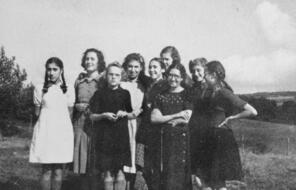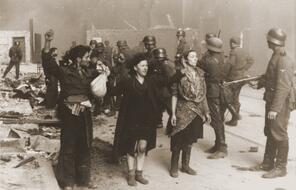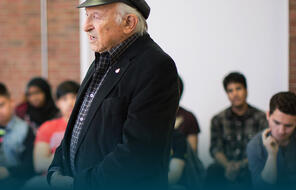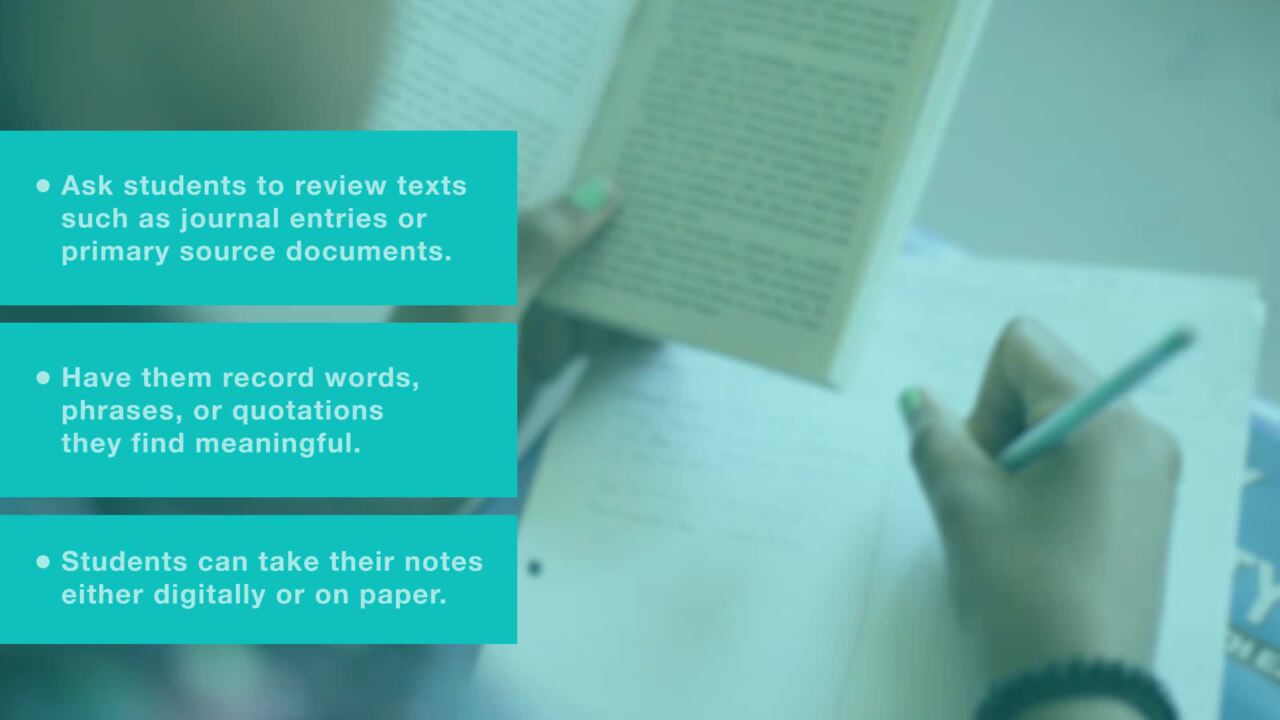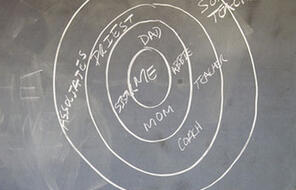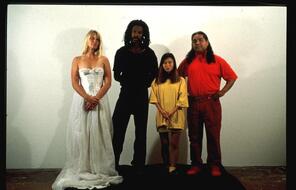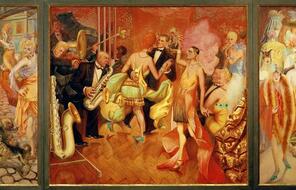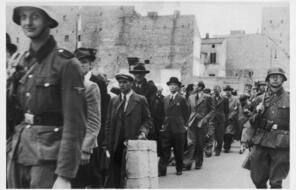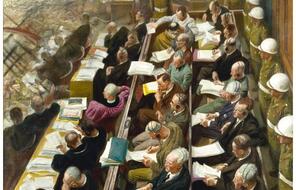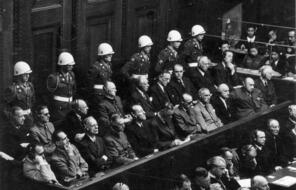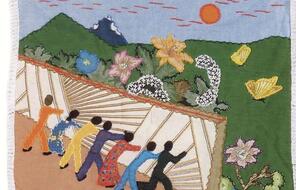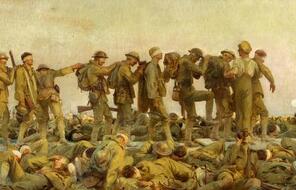
Responding to the Stories of Holocaust Survivors
At a Glance
Language
English — USSubject
- Civics & Citizenship
- Social Studies
Grade
6–12Duration
One 50-min class period- The Holocaust
Overview
About This Lesson
This lesson complements the resources from Chapter 9 of Holocaust and Human Behavior to help students process and honor the experiences and testimonies of Holocaust survivors. Chapter 9 includes several testimonies and reflections from survivors of the Holocaust. In addition, some classes may have the opportunity to host a Holocaust survivor and hear his or her testimony in person. Creating a “found poem” from a survivor’s testimony can be a way to pay respectful attention to and honor such experiences. A found poem is one that is created using only words that have been copied and rearranged from another text.
Elie Wiesel wrote that it is not possible for those who were not there to fully understand the experience of the victims who lived and died during the Holocaust, nor is it possible for survivors to fully describe what happened to them. He writes: “The past belongs to the past and the survivor does not recognize himself in the words linking him to it. The survivors of the Holocaust who tell their stories bear witness, transmit a spark of the flame, tell a fragment of the tale and remember for those who begged them to tell the story.” 1
Through the process of creating a found poem, we can honor the survivors’ experiences, begin to process the difficult and emotional stories they tell, and make meaning of these stories for ourselves.
- 1Quoted in Sonia Schreiber Weitz, I Promised I Would Tell (Brookline, MA: Facing History and Ourselves National Foundation, 2012), viii.
Lesson Plans
Activities
Materials and Downloads
Unlimited Access to Learning. More Added Every Month.
Facing History & Ourselves is designed for educators who want to help students explore identity, think critically, grow emotionally, act ethically, and participate in civic life. It’s hard work, so we’ve developed some go-to professional learning opportunities to help you along the way.
Exploring ELA Text Selection with Julia Torres
On-Demand

Working for Justice, Equity and Civic Agency in Our Schools: A Conversation with Clint Smith
On-Demand

Centering Student Voices to Build Community and Agency
On-Demand



